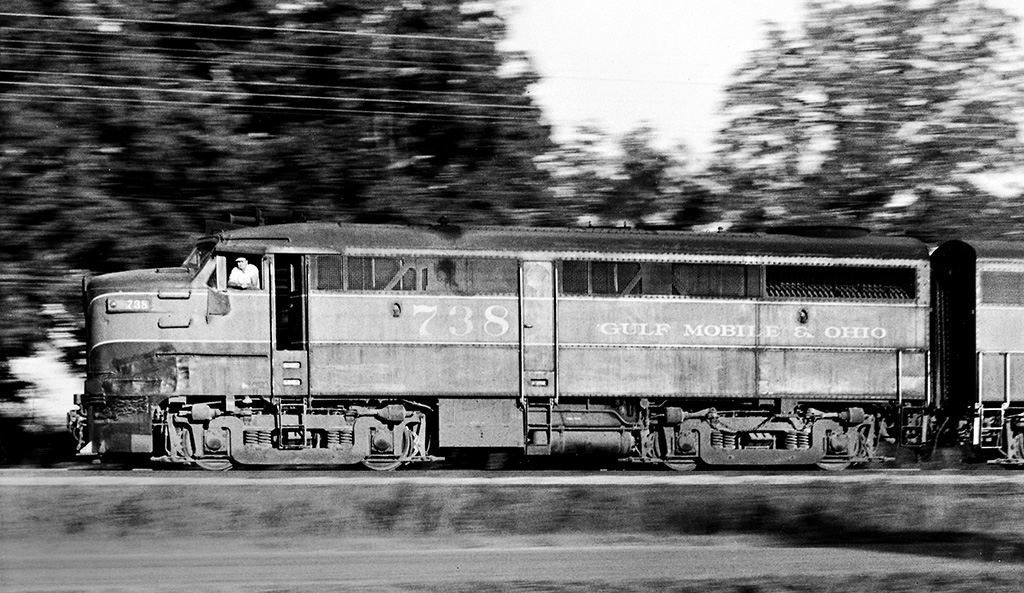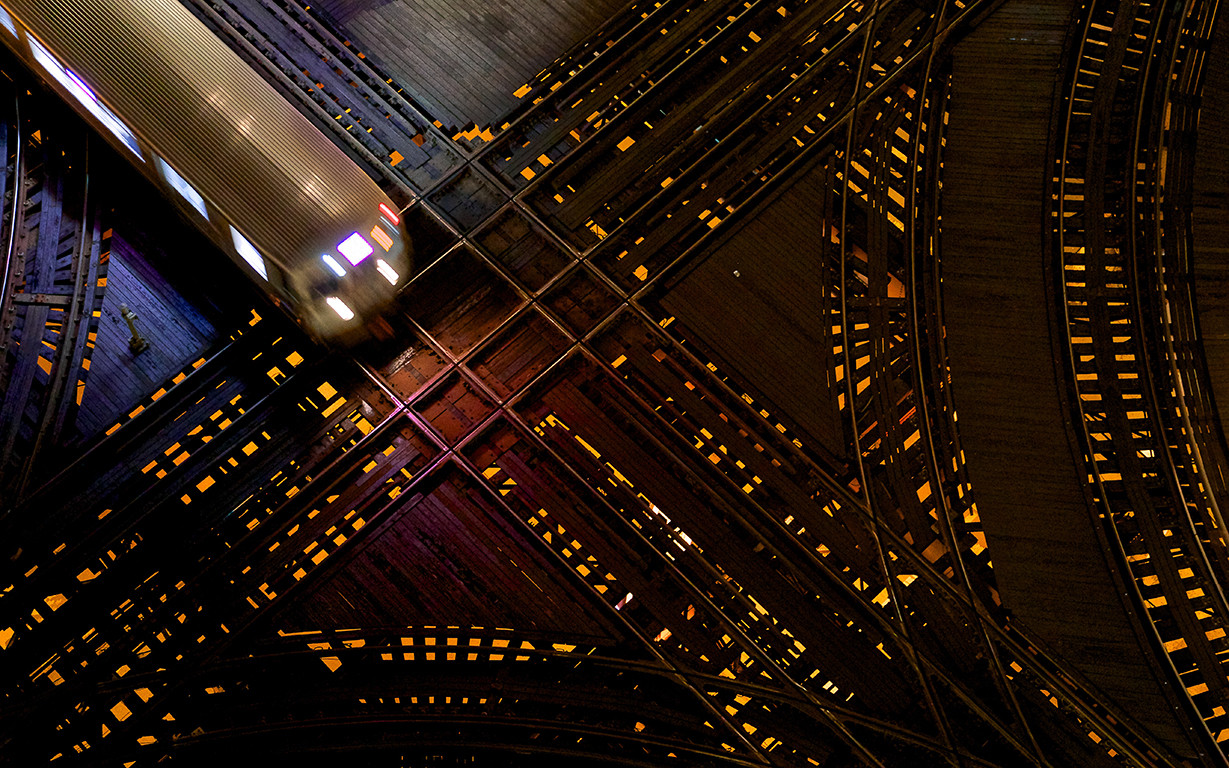Two new prints are available through the Center’s Print Program. The 2015 offerings come from Ted Benson and Jeff Mast. Benson’s “Blossoms come to the Tidewater Southern” is an 11×14 silver gelatin print made by the photographer. Mast’s “Cumbres & Toltec” is a 10×15 archival pigment print made by program coordinator Jeff Brouws. Both are available in limited editions of ten, signed by the photographer. Pre-order for pickup at the conference to save ten percent.
We are excited to welcome five docents to Conversations 2015. They are photographers Brandon Townley, Davidson Ward, and John Sanderson, and archivists Jim Cascino and Andy Meyer. Townley, of Toledo, Ohio, is a talented professional photographer and first-time attendee. Ward comes from Nashville, Tennessee, and is attending his third conference—his first as a docent. He is a photographer, transportation consultant, and steam preservationist. Sanderson is returning for his second tour as a docent and brings a wealth of photography exhibition knowledge from his work in New York City galleries. Cascino and Meyer are both first-time attendees and currently working on the Center’s photography collections at Lake Forest College. We thank the conference patrons, whose generosity makes the docent program possible.
Just a few tickets remain for Conversations 2015. Get them while they last!
 Illinois Central steam locomotive no. 2613 at Cairo, Illinois, in 1959, in a photograph by J. Parker Lamb. Lamb will share a retrospective of his work at Conversations about Photography on Sunday, April 12, 2015. He has donated a 16×20 print of this photograph, which will be raffled on Saturday. Tickets are available in the conference page.
Illinois Central steam locomotive no. 2613 at Cairo, Illinois, in 1959, in a photograph by J. Parker Lamb. Lamb will share a retrospective of his work at Conversations about Photography on Sunday, April 12, 2015. He has donated a 16×20 print of this photograph, which will be raffled on Saturday. Tickets are available in the conference page.





 In an iconic photograph by J. Parker Lamb, a Gulf, Mobile & Ohio fireman enjoys a cool breeze as his freight train heads north behind Alco FAs at Marion, Mississippi, in July 1958. Lamb will share a retrospective of his work at Conversations about Photography on Sunday, April 12, 2015.
In an iconic photograph by J. Parker Lamb, a Gulf, Mobile & Ohio fireman enjoys a cool breeze as his freight train heads north behind Alco FAs at Marion, Mississippi, in July 1958. Lamb will share a retrospective of his work at Conversations about Photography on Sunday, April 12, 2015.

 Academy Award nominee Gary Sinise poses next to the photograph of his grandfather, Indiana Harbor Belt conductor Daniel Sinise, at the entrance to Railroaders: Jack Delano’s Homefront Photography at the Chicago History Museum. Photograph by Joseph Aaron Campbell and courtesy of the
Academy Award nominee Gary Sinise poses next to the photograph of his grandfather, Indiana Harbor Belt conductor Daniel Sinise, at the entrance to Railroaders: Jack Delano’s Homefront Photography at the Chicago History Museum. Photograph by Joseph Aaron Campbell and courtesy of the